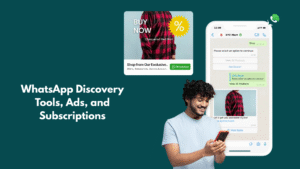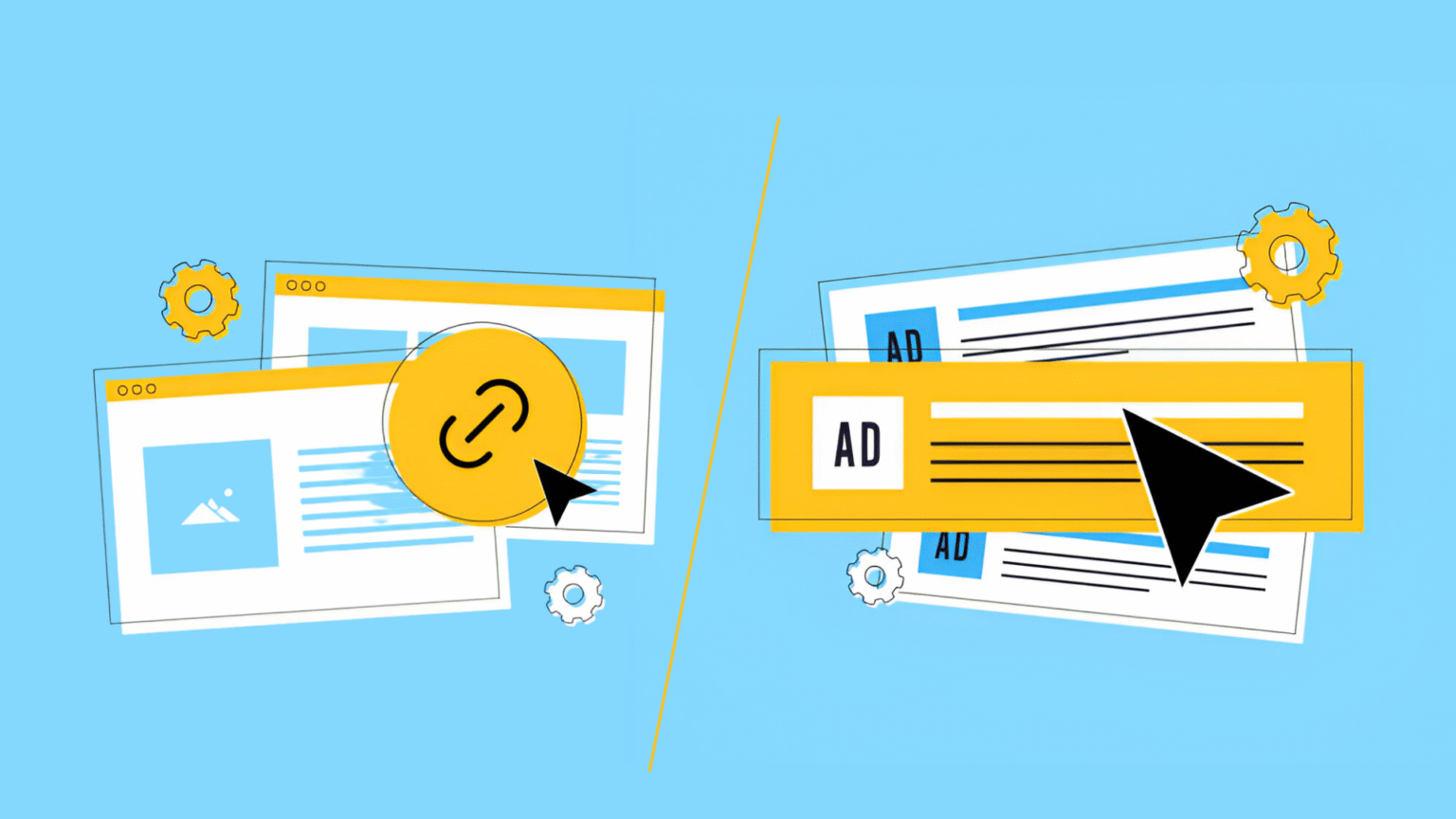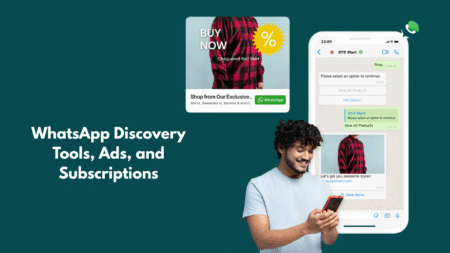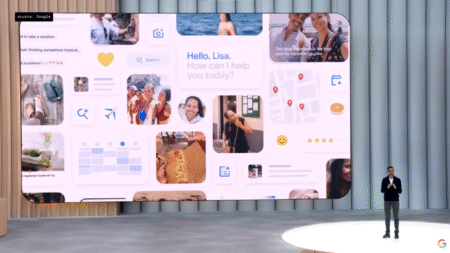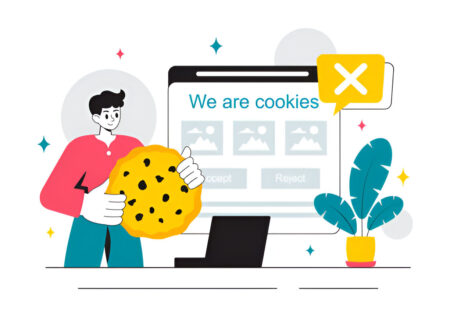In today’s digital world, two pillars dominate the path to online visibility: SEO (Search Engine Optimization) and PPC (Pay-Per-Click Advertising). Both are essential for businesses aiming to grow, attract new customers, and build brand authority.
Understanding the difference between SEO vs PPC is crucial for making smart marketing decisions that align with your goals, budget, and timeline.
With Google’s search landscape evolving—thanks to AI Overviews, featured snippets, and a focus on Experience, Expertise, Authoritativeness, and Trustworthiness (EEAT)—blended strategies are more important than ever.
Businesses that combine SEO and PPC can maximize their reach, adapt to market changes, and stay ahead of competitors.
What is SEO? (Search Engine Optimization)

SEO is the process of optimizing your website and content to rank higher in organic (unpaid) search results. The goal is to attract relevant visitors by meeting their search intent and providing valuable information.
How SEO Works
Content Quality: Creating in-depth, helpful, and original articles, guides, and resources.
Technical SEO: Ensuring your site loads quickly, is mobile-friendly, and is easy for search engines to crawl.
Backlinks: Earning links from authoritative websites to boost your site’s credibility.
User Experience: Making your website easy to navigate, visually appealing, and accessible.
The Role of EEAT in SEO
Google’s latest updates emphasize Experience, Expertise, Authoritativeness, and Trustworthiness. Demonstrating these qualities in your content—through expert authorship, citing reputable sources, and providing real-world insights—can improve your rankings and build user trust.
Impact of Organic Search
Organic search drives over half of all website traffic and offers long-term, sustainable growth. High-ranking organic results are often perceived as more credible and trustworthy by users.
Lorem ipsum dolor sit amet, consectetur adipiscing elit. Ut elit tellus, luctus nec ullamcorper mattis, pulvinar dapibus leo.
What is PPC? (Pay-Per-Click Advertising)
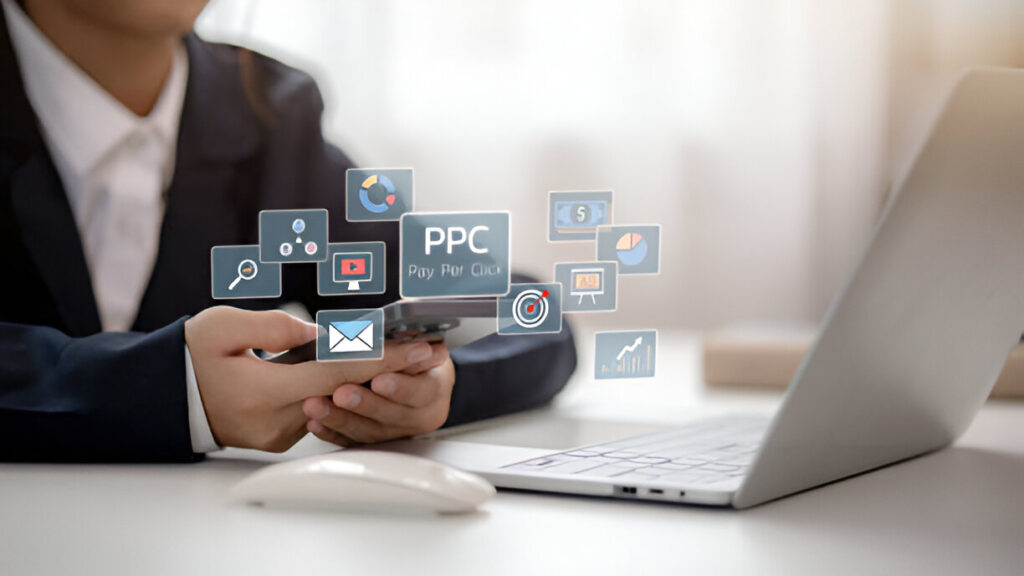
PPC is a digital advertising model where you pay each time someone clicks on your ad. These ads appear at the top of search results, marked as “sponsored” or “ad,” and can deliver instant visibility.
How PPC Works
Ad Platforms: Google Ads, Bing Ads, and social media platforms.
Bidding: You set a maximum bid for each keyword; higher bids and better quality ads win better placements.
Targeting: Choose who sees your ads based on demographics, location, device, and more.
Ad Formats: Text ads, shopping ads, display banners, and video ads.
Advantages of PPC
Instant Results: Launch a campaign and start receiving traffic immediately.
Full Control: Adjust budgets, bids, and targeting in real time.
Data Insights: Access detailed analytics to optimize performance.
SEO vs PPC: Key Differences Explained
| Factor | SEO (Organic Search) | PPC (Paid Search) |
|---|---|---|
| Cost Structure | Upfront investment in content, ongoing | Pay per click, ongoing ad spend |
| Time to Results | 3–6 months (long-term) | Instant (short-term) |
| Traffic Duration | Long-lasting, sustainable | Ends when ads stop |
| Control | Limited (algorithm-dependent) | High (real-time adjustments) |
| Trust | Higher (perceived as unbiased) | Lower (marked as ads) |
| Targeting | Based on keywords and content | Highly specific, multi-layered |
| Traffic Share | ~53% of search traffic | ~27% of search traffic |
| ROI Timeline | Builds over time | Quick returns |
Summary: SEO is best for building authority and sustainable growth, while PPC is ideal for immediate visibility and targeted campaigns. Most successful businesses leverage both for maximum impac.
SEO vs PPC: Pros and Cons
SEO Pros
Long-term, sustainable traffic
Higher trust and credibility
Lower cost per acquisition over time
Builds brand authority
SEO Cons
Slow to show results (3–6 months)
Requires ongoing effort and expertise
Impacted by algorithm changes
PPC Pros
Immediate traffic and results
Full control over targeting and budget
Effective for time-sensitive campaigns
Valuable data for refining strategy
PPC Cons
Traffic stops when budget runs out
Can be expensive in competitive industries
Lower trust compared to organic results
Cost Comparison: SEO vs PPC
SEO Costs
Upfront investment in content, technical improvements, and outreach
Ongoing costs for maintenance and updates
No direct cost per click
PPC Costs
Pay for each click (CPC); costs vary by industry and competition
Ongoing budget required to maintain visibility
Potential for high costs in competitive niches (e.g., legal, insurance)
ROI:
SEO typically offers a 25% higher ROI than PPC over time due to sustained, “free” organic traffic. PPC delivers quick returns but requires continuous investment.
Which is Better: SEO or PPC? (Decision Framework)
Choose SEO if:
You seek long-term growth and authority
You can wait several months for results
Your industry is not extremely competitive
Choose PPC if:
You need instant traffic (product launches, promotions)
Your market is highly competitive
You have a flexible, ongoing ad budget
Best Practice:
Combine both strategies. Use PPC for immediate results and data insights, while building SEO for sustainable growth. This dual approach maximizes visibility and ROI.
SEO vs PPC for Small Business
Small businesses face unique challenges—limited budgets, need for quick wins, and local competition.
SEO for Small Business
Focus on local SEO, Google Business Profile, and content targeting local keywords
Build long-term authority and organic visibility
PPC for Small Business
Use tightly targeted, low-budget campaigns for immediate leads
Test offers and messaging quickly
Recommendation:
Start with a balanced approach. Use PPC for quick results and reinvest profits into SEO for sustainable growth.
SEO vs PPC Statistics: What the Data Says
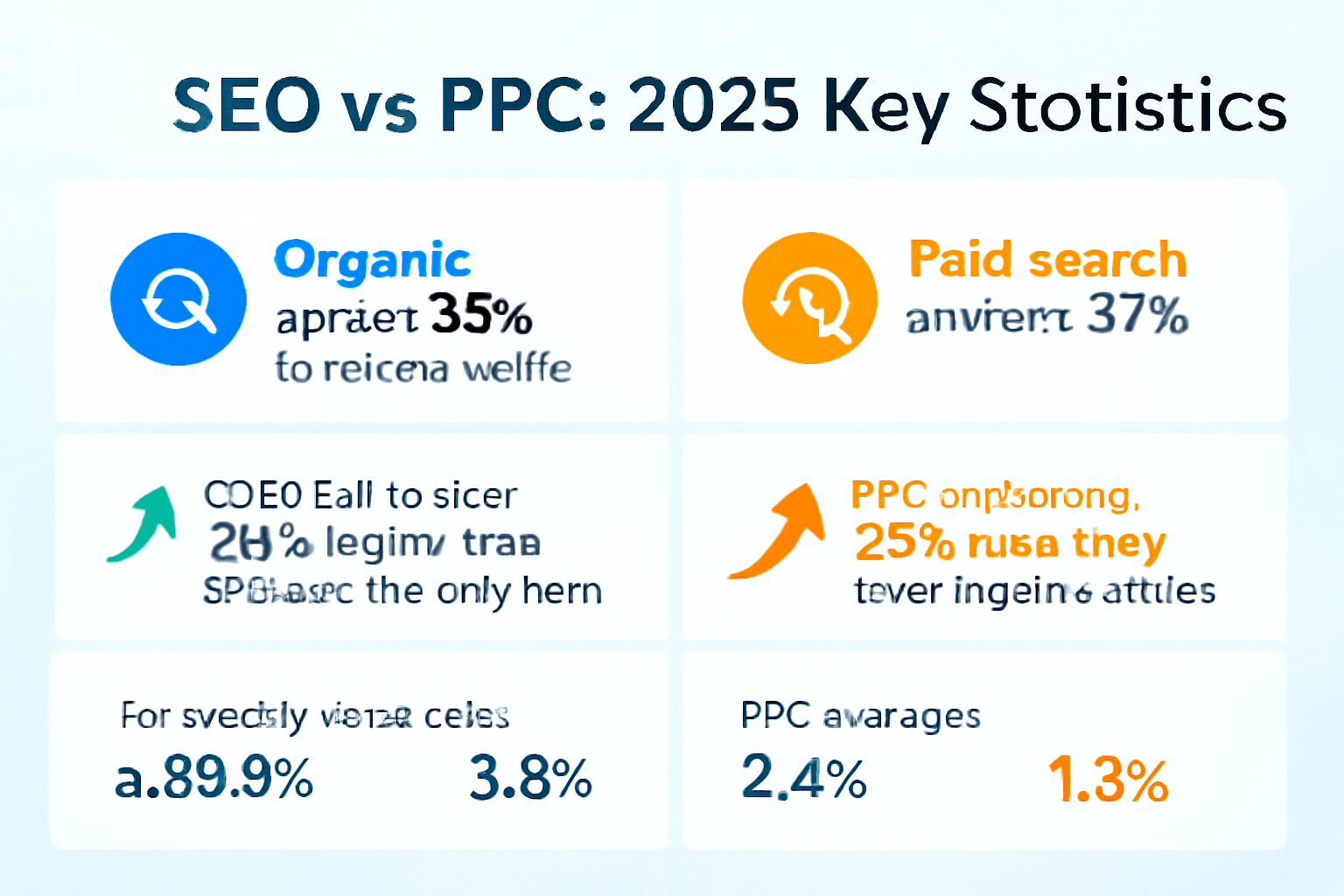
Organic search drives 53% of website traffic; paid search delivers 27%.
SEO’s ROI is about 25% higher than PPC over the long term.
PPC visitors are 35% more likely to convert than organic visitors.
Top organic result gets a 39.6% click-through rate.
SEO conversion rate averages 2.4%, PPC averages 1.3%.
Integrating SEO and PPC: The Power of a Unified Strategy
Combining SEO and PPC can deliver the best of both worlds:
Keyword Data Sharing: Use PPC data to find high-converting keywords for SEO.
Retargeting: Use PPC to retarget visitors who found you via organic search.
Holistic Reporting: Analyze total search visibility and optimize both channels together.
Example:
A business might use PPC to test new keywords or offers, then optimize their SEO content based on what works best in paid campaigns. This synergy increases efficiency and ROI.
Advanced Strategies for 2025 and Beyond
AI & Automation: Use AI tools for keyword research, content optimization, and bid management.
Zero-Click Searches: Optimize for featured snippets and Google’s AI Overviews to capture attention without clicks.
Voice Search: Target conversational keywords and natural language queries.
Continuous Learning: Stay updated with Google’s algorithm changes and adapt strategies accordingly.
Conclusion: Choosing the Right Path for Your Business
Both SEO and PPC are powerful tools for driving traffic and growing your business online. The best strategy depends on your goals, resources, and timeline. For most businesses, a blended approach—leveraging the immediate impact of PPC and the long-term value of SEO—delivers the strongest results.
Action Steps:
Assess your business goals and resources.
Start with a small PPC campaign to gain quick insights.
Invest in high-quality, EEAT-compliant SEO content for long-term growth.
Regularly review performance and adapt your strategy to stay ahead.
Frequently Asked Questions (FAQs)
SEO is better for long-term, sustainable growth and brand authority, while PPC is best for immediate results and targeted campaigns.
Yes! Combining both maximizes your reach, allows for data sharing, and helps you adapt to changing market conditions.
SEO typically takes 3–6 months to show significant results, but the benefits are long-lasting.
Budgets vary by industry and goals, but even small businesses can start with a modest daily spend and scale as results come in.
Yes! Combining both maximizes your reach, allows for data sharing, and helps you adapt to changing market conditions.

